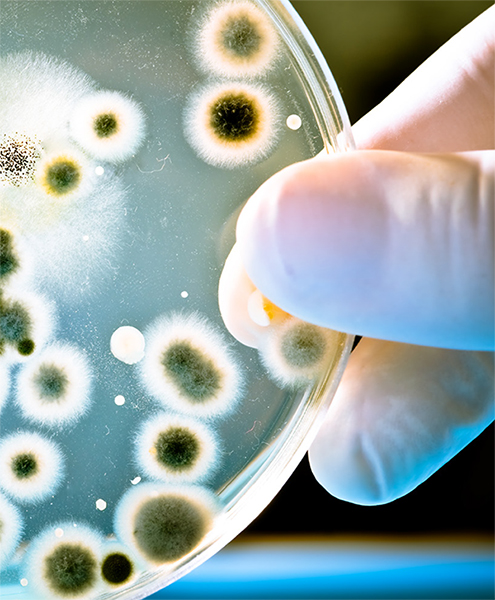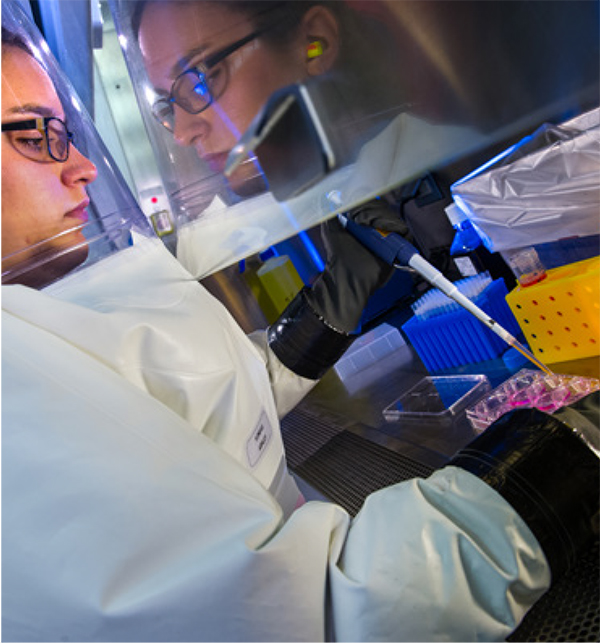Building Lab and Epi Capacity
Supporting US Health Departments In The Battle Against Infectious Diseases

Across the United States, public health departments are on the front lines of fighting infectious diseases, but they cannot do it alone. For nearly a quarter century, CDC’s Epidemiology and Laboratory Capacity for Prevention and Control of Emerging Infectious Diseases (ELC) has provided direct support to state and local health departments to modernize their laboratory resources, improve their health data systems, and strengthen their disease surveillance systems. In 2018, ELC awarded more than $200 million to 64 public health departments. ELC-supported staff investigate more than 70% of all infectious disease outbreaks nationwide (not including HIV, STD, and hepatitis outbreaks). This crucial investment is one of CDC’s key, nationwide funded programs that supports capacity building for the detection, prevention, and control of infectious diseases.
Paving The Way For First Smallpox Drug Approved For Use In The United States

Smallpox was eradicated in the 1980s, but there are still concerns it could be used in a bioterrorist attack. Since many people today have never had smallpox or been vaccinated against it, having a drug available to treat this deadly disease would be critical to saving lives if smallpox ever were used in a bioterrorist attack. NCEZID scientists conducted laboratory tests to evaluate the effectiveness of a new drug called Tecovirimat (TPOXX) against the virus that causes smallpox. They confirmed that Tecovirimat halted virus multiplication, which prevents the virus from leaving an infected cell and spreading to the rest of the body. These data were used when the US Food and Drug Administration (FDA) considered approving the drug. In July 2018, the FDA approved the use of Tecovirimat as the first treatment for smallpox. Tecovirimat is now stored in the Strategic National Stockpile and could be used during a smallpox emergency to save lives.
Strengthening CDC Labs Capacity To Test Water During Emergencies
In 2018, CDC laboratory scientists updated the methods they use to test water contaminated with germs that could cause serious infections or even death if they are inhaled (also known as Biosafety Level 3 agents). These updated methods strengthened CDC laboratories’ capacity to process incoming surges of water samples during future public health emergencies, like hurricanes, and help prepare CDC to respond to a broader range of potential threats posed by contaminated water.